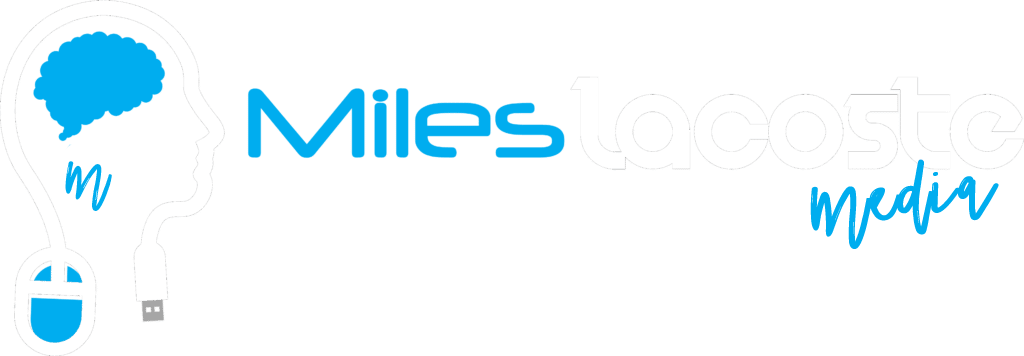EP 005 5 Ways to Turn Your Curiosity to Extra-ordinary
“Curiosity is the spark behind the spark of every great idea. The future belongs to the curious.” —Author Unknown
The old saying that curiosity killed the cat might be true for cats, but for the rest of us, being curious, asking questions and never settling for the status quo is part of doing something great in this world. Take a minute to study the people we admire most—people who changed things for the better—and what you’ll find at their core is an undying need to know how things work, why they don’t work currently and how to go about fixing it. That process began with curiosity and ended with the lightbulb, machines that fly us around the world and lifesaving breakthroughs in medicine. Thank God for curious people.
There is also a certain amount of bravery involved in being curious and having an itch that you cannot scratch. Here’s why. Out-thinking ordinary involves risk. You could fail, right? Then what? How will you be perceived then? If a thousand people are in line doing what has always been done and you are alone in a line of one, well, that can be daunting. I am certain that Thomas Edison’s friends thought him to be a bit mad when he was so focused on inventing the lightbulb that he ignored all else and then failed more than 10,000 times. His comment about failure tells us all we need to know about him: “I have not failed. I have found 10,000 ways that won’t work.”
Interestingly, Mr. Edison is not remembered for his failures. You won’t be either. Bringing fresh new ideas to the business table is a sure way to get yourself noticed and stand out. In fact, innovation is the No. 1 attribute CEOs look for, according to a recent IBM survey of more than 1,500 CEOs across 33 industries and 60 countries.
Here are five proven ways to get your idea juices flowing.
1. Be curious.
I interviewed Maxine Clark, founder of Build-A-Bear Workshop, for my new book, Women Make Great Leaders. As with all of my interviews with these successful women, Maxine taught me a valuable lesson: what it means to observe.
When Maxine and her friend Katie (10 years old at the time) were out shopping for stuffed toys, they couldn’t find what they wanted. The young friend commented that it certainly would be easy to make them, as in a craft of some sort. But what Clark heard was so much bigger… a workshop where kids could stuff and customize their own bears. From that day, she passionately pursued the idea and the first Build-A-Bear store opened in 1997 at the Saint Louis Galleria in St. Louis, Missouri. Today there are more than 400 Build-A-Bear Workshop stores worldwide.
Also in our interview, Clark used the metaphor “one bucket carries to the second bucket and then the third bucket.” It was her way of describing how one observation can fertilize an idea and then a better idea. She had recently experienced a two-minute check-in at a hotel and surmised how most any business could benefit from learning how and why the check-in went so fast. Clark calls this 1 + 1 = 10. Stepping out and working on the knowledge you have (such as it is) has great value. Sometimes people wait until they have all of the answers before moving at all. What Clark and others have taught me is that you might not start out your quest with all the answers, but they will come as you proceed and you have to trust that they will.
Continue to listen here…
https://www.mileslacoste.com/5-ways-turn-ordinary-things-extra-ordinary/
Resources:
https://www.mileslacoste.com/resources/#books
Podcast: Play in new window | Download | Embed
Subscribe: Apple Podcasts | Spotify | TuneIn | RSS | More


Leave a Reply